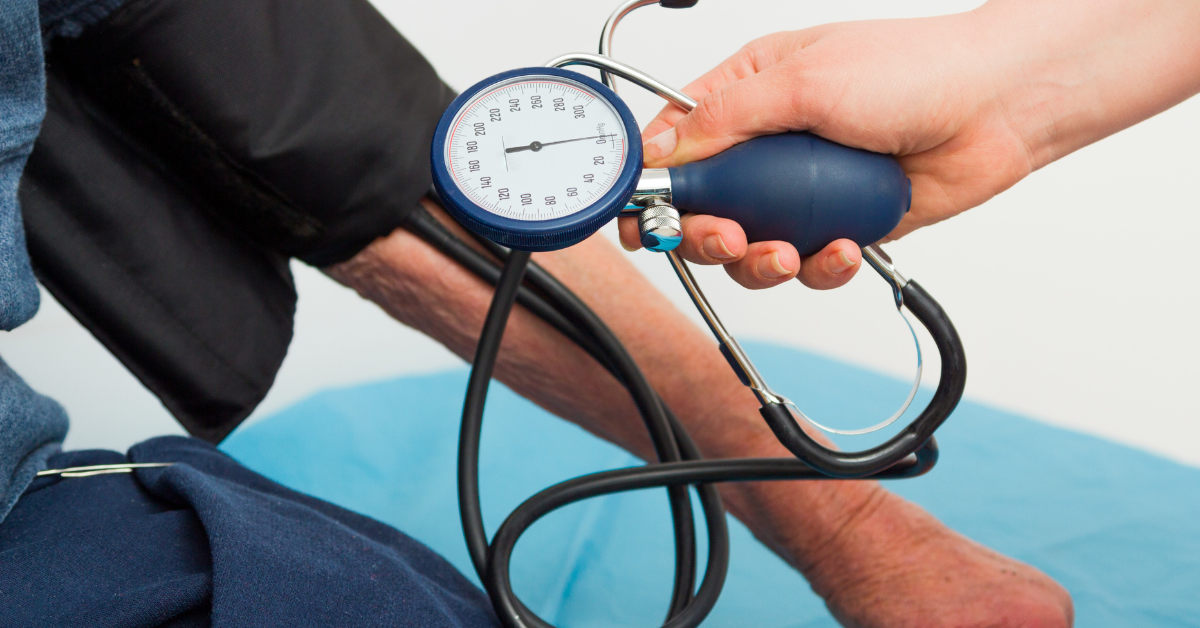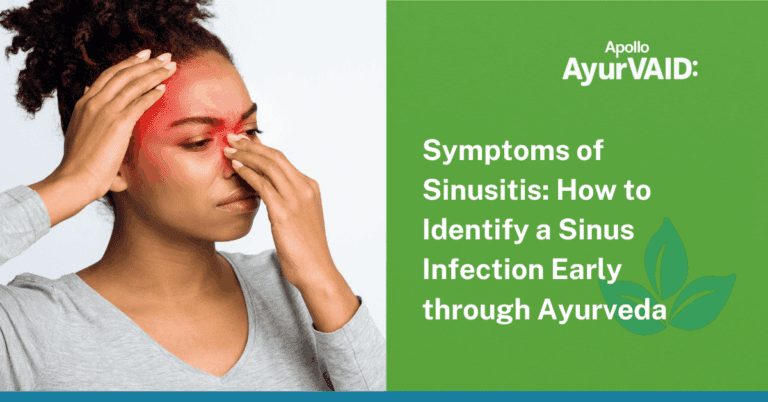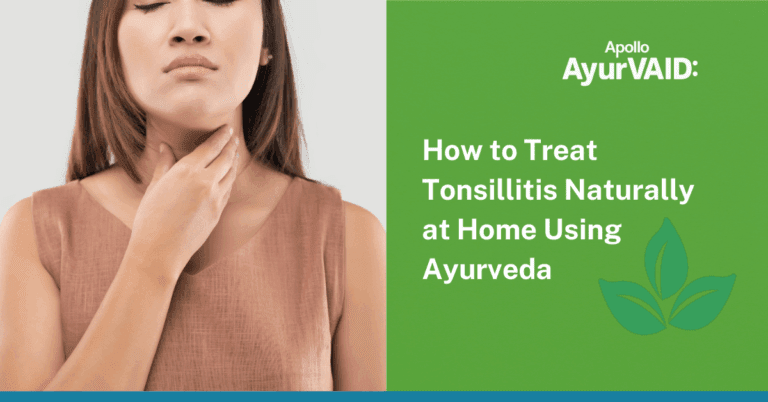
Understanding Hypertension
Hypertension is one of the complex conditions that can cause severe complications by affecting the vital organs such as the kidney, brain, eye, or heart. Predisposing it to an increased risk of stroke and Coronary Heart Disease (CHD), it ranks highest. In India, hypertension is directly responsible for nearly 40% of deaths due to stroke and 25% of deaths due to CHD. Due to its dangerous consequences, hypertension earns the name silent killer, as, in its mild and moderate phases, it rarely produces characteristic symptoms. As many as 85% of patients show no symptoms.
This increasing prevalence of hypertension is attributed to modernisation and associated lifestyle changes, faulty food habits, and stressful psychosocial conditions. In approximately 95% of cases, the exact cause of so-called essential hypertension is unexplained; however, genetic and environmental factors are inferred to be involved.
Ayurveda Perspective on Hypertension
In Ayurveda, there’s no exact term for hypertension. However, conditions as Raktagata Vata, Siragata Vata, or Vyana Prakopa, primarily involving Rakta (blood) and the vascular system, resemble hypertension. It is often viewed as a Tridoshaja Vyadhi — a disease resulting from imbalances in all three Doshas, with Vata Dosha playing a central role.
Ayurveda physiology assigns circulation to Vyana Vata, with Prana Vata governing the functions of the nervous system, such as heart rhythm. Avalambaka Kapha provides structural integrity to the heart and blood vessels and is associated with diastolic pressure. Dysfunction of these Doshas, usually resulting from inappropriate lifestyle or emotional stress, results in pathological alterations of the Srotas (canals), bringing about the pathogenesis of hypertension.
Risk Factors for Hypertension
- Spicy food and high salt
- Alcohol and smoking
- Psychological tension, anxiety, anger, and fear
- Low calcium and potassium intake
- Lack of physical exercise
- Obesity and hyperlipidemia
- Hereditary predisposition
Controlling High BP – The Ayurveda Approach
The first step mentioned in Ayurveda is avoiding causative factors or Nidana Parivarjana. This is done through lifestyle and dietary changes, which have a curative and preventive approach. Compliance with Dinacharya and Ritucharya, in addition to various dietary regimens, assists in controlling hypertension.
The treatment regimen is customised depending on the involvement of the client’s Dosha and Dhatu, which include:
Governing Vata’s activity, plus balancing all three Doshas, Rasa and Rakta Prasadana (bloodletting) in addition to the negative control of lipids.
Panchakarma Therapies for Hypertension Management
1. Virechana (Purgation) aids in cleansing the liver and intestines, particularly helpful in conditions characterised by excess heat or blood impurities.
2. Vasti (Enema) affects Vata imbalance, promotes colon health, and normalises the nervous system and blood circulation.
3. Shirodhara (Liquid streaming over forehead) is a soothing therapy in which warm liquids are poured on the forehead to decrease stress and aid autonomic balance.
4. Rakta Mokshana (Bloodletting) can be applied selectively to alleviate congestion and heat in blood-related disorders. These therapies are performed under medical supervision with adequate preparation and follow-up care.
5. Shamana Chikitsa (Palliative Therapy) – A milder approach directed towards soothing imbalanced Doshas through internal and external means.
Suitable for those not detoxifying.
Utilises herbal remedies, dietary adjustments, and lifestyle modifications to regulate blood pressure.
Stresses a balanced daily schedule, stress minimisation, and rejuvenation techniques.
Best suited for initial phases of hypertension, maintenance, or post-detox recovery.
Hypertension Diet in Ayurveda
- Following a Vata and Pitta pacifying diet
- Consuming cooling and hydrating foods like cucumber, watermelon, and leafy greens
- Avoiding salty, spicy and oily foods
- Flavouring the food with turmeric, coriander, garlic, cumin, ginger and other spices.
- Drinking a lot of fluids and having regular meal times
- Increasing Agni (digestive fire) with easy-to-digest foods, like green gram
- Stress management with yoga, meditation, and relaxation techniques like Yoga Nidra
- Refraining from stimulants, eating late at night, and overexertion.
- Non-pharmacological management of BP, such as Yoga, is integral to the approach.
- Bhramari Pranayama (humming breath): Decreases BP and heart rate
- Anuloma-Viloma (alternate nostril breathing): Balances nervous function
- Yoga Nidra: Causes deep relaxation
- Mindful meditation decreases stress and anxiety
- Relaxing Asanas such as Vajrasana, Makarasana, Shavasana
Conclusion
On World Hypertension Day 2025, it’s time to look beyond numbers. An integrated approach helps you manage blood pressure and live better, longer. Alongside lifestyle changes, suitable diet, timely medications, detoxification via Shodhana, and alleviating stress through Yoga and meditation, the patient may look at Balancing Doshas that form energies for imbalances that cause hypertension and are predisposed to its aggravation and complications. Ayurveda completely covers the management of hypertension in actual disease and prevention of aneurysms for long-term health and wellness. Remember, personalised advice and treatments must always be sought from a qualified healthcare professional or Ayurveda practitioner regarding your case.







